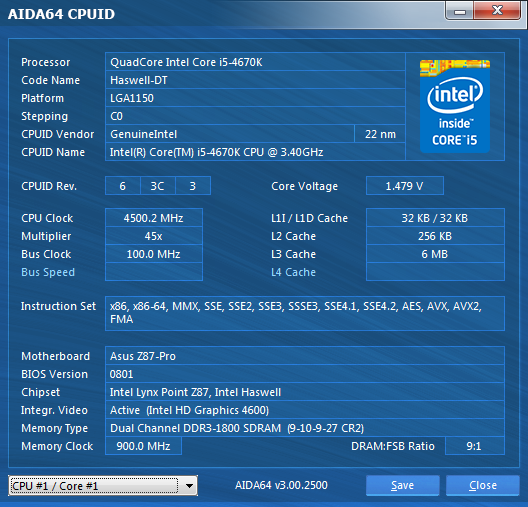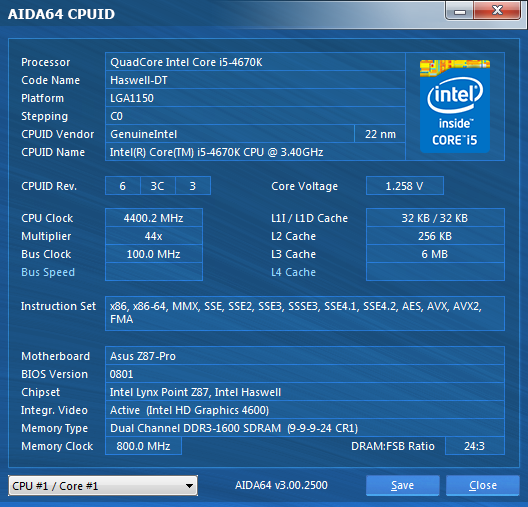I've read that a bug exists in the H87 chipset that allows you to overclock K-series CPU's, and that ASRock's H87 ITX board exploits this bug. Is this something the Asus H87 ITX board also exploits?
*edit* Actually, looking at the thread title, I realize this question is out of place, my apologies.
Thanks in advance.
*edit* Actually, looking at the thread title, I realize this question is out of place, my apologies.
Thanks in advance.
Last edited:
![[H]ard|Forum](/styles/hardforum/xenforo/logo_dark.png)

